
| Главная страница |

Цихлиды — самые популярные рыбы у любителей аквариума. Свыше
600 видов и около 100 цветовых форм содержат в домашних условиях. Эти
рыбы привлекают к себе внимание необычным поведением, яркостью окраски,
разнообразием
форм и более высоким в сравнении с другими рыбами «интеллектом». Географически
их можно разделить на три большие группы: цихлиды Центральной Америки,
африканские, южноамериканские. В природе они обитают на участках рек со слабым течением, в озерах и водохранилищах с хорошим кислородным и устойчивым общим гидрохимическим режимами. Держатся преимущественно на плотных грунтах (песчаные, каменистые и т.п.). Излюбленная пища для 60 процентов цихлид корм животного происхождения (низшие ракообразные, насекомые и их личинки, молодь рыб и т. п.). Но есть и вегетарианцы (Uaru, «Mbuna» — группа и др.), моллюскоеды (некоторые Haplochromis, Lamprologus и др.) и т. п. Обитатели больших озер Африки (Малави, Танганьика и др.) живут в относительно жесткой (dGH) 8—15°, щелочной воде (рН) 7,5—8,5, Т 25—27°С. Для цихлид Западной Африки и Южной Америки эти характеристики несколько иные: вода более мягкая (dGH) 2—10°, (рН) 6,2—7,2, Т 24—29°С. Лишь три представителя рода (Etroplus) среди цихлид населяют солоноватые воды Юго-Восточной Азии и лучше чувствуют себя в жесткой (dGH) 10—20°, слабо щелочной (рН) 7,2—8,0, соленой воде 3—15‰, Т 22—26° С. Центральноамериканские — имеют самый широкий диапазон жизненных условий: dGH до 20°, рН 6,2 — 8,2; Т 20—28 ° С. Для содержания цихлид необходим аквариум емкостью не менее 100 литров, с постоянной аэрацией и фильтрацией воды, которую еженедельно заменяют из расчета 1/5 — 1/2 часть от общего объема. Желательно устраивать укрытия из камней, коряг и т. п. в сочетании с водной растительностью, имеющей жесткую листовую пластину и прочную корневую систему (Echinodorus spp., Nomaphila spp., Nymphaea spp. и др.). Продолжительность жизни цихлид в аквариуме от 4 до 25 лет. Созревают большинство этих рыб за 8—15 месяцев. Перед нерестом воду частично заменяют (если необходимо, на более мягкую, чем обычно), постепенно повышают температуру на 2—4°С, изменяют световой режим, усиливают и разнообразят питание в течение 7—15 дней. Все цихлиды заботятся о потомстве. Одни из них вынашивают икру и личинок но рту, другие откладывают на субстрат, тщательно охраняя кладку и молодь, третьи комбинируют оба способа. Внутренняя инкубация (во рту) длится обычно 14—40 дней, после чего мальки начинают самостоятельно плавать и питаться мельчайшим планктоном. Внешняя — (на субстрате) продолжается 2—4 дня, а спустя 4—5 суток следует кормить молодь. |
Cichlids are the most popular fishes
with the aquarium keepers. More than 600 species and about 100 color
varieties are being kept at home. These fishes attract one's attention by their unusual behaviour, bright colors, the variety of forms and higher “intellect” as compared with the other fishes. It is possible to divide them into three geographical groups: cichlids of Central America, cichlids of South America and cichuds of Africa. In their natural habitats cichlids frequent sluggish rivers and lakes with good oxygenous and stable general hydrochemical regimes. Cichlids dwell mainly on the solid bottom (sand, rocks, etc.), 60 per cent cichlids prefer live food of all kinds (small crustaceous, insects and their larvae, young fishes, etc.). Besides above mentioned ones there are vegetarians (Uaru, “Mbuna”, etc.), mollusc-eaters (some Lamprologus, Haplochromis, etc.). Inhabitants of the great lakes of Africa (Malawi, Tanganyika, etc.) live in relatively hard water dGH 8—15°; alkaline pH 7.5—8.5; temperatures 25 to 27°C. These characteristics are insignificantly different for cichlids of West Africa and South America: the water is softer dGH 2—10°; pH 6.2—7.2; temperatures 24 to 29°C. Within the family of cichlids only three representatives of the genus Etroplus inhabit brackish waters of South-Eastern Asia and do well in hard water: dGH 10—20°C; slightly alkaline pH 7.2—8.0; salinity 3—15‰; temperatures 22 to 26° C. Central American cichlids can survive in a wide variety of water conditions: dGH up to 20°; pH 6.2—8.2; temperatures 20 to 28°C. An aquarium of at least 100 l with permanent aeration and filtration suits the cichlids. 1/5 to 1/2 of the water should be changed weekly. It is desirable to provide them with shelters of stones, drift wood and tough aquatic plants with strong rootage (Echinodorus spp., Nomaphila spp., Nymphaea spp., etc.). The longevity varies from 4 to 25 years in captivity. Most cichlids reach sexual maturity at 8 to 15 months. Part of the water should be changed (if necessary, for softer than usual), the temperature — raised by 2 to 4°С and illumination regime adjusted to the appropriate conditions; all these measures will stimulate the spawning of the majority of cichlids. Feeding should be abundant and as varied as possible 7 to 15 days prior to spawning. All cichlids take care of their young. Some of them brood the eggs and the fry in the buccal cavity, others lay eggs on the substratum, carefully defending eggs and the shoal of the young, still others combine both ways. An incubation in the throat-sac usually takes 14 to 40 days, after which young fishes begin to swim and to feed freely upon small plankton. An incubation on the substratum continues 2 to 4 days and in 4 to 5 days the food is to be given to young fishes. |
Los ciclidos son peces mas populares
entre los acuariofilos. Mas de 600 especies naturales y cerca de 100
variedades cromaticas son cultivadas en acuarios domesticos. Atraen por
su “conducta” poco comun, vistosidad singular e “intelecto” algo mas
perceptible que en otros peces. Por su geografia, pueden dividirse en
tres grupos grandes; ciclidos africanos, centroamericanos y sudamericanos. El medio natural suyo lo constituyen rios, en sus partes de corriente moderada, lagos y diques de regimen hidroquimico general estable, siempre que el agua este bien oxigenada. Se atienen mayormente a fondos compactos (arenosos, pedregosos, etc.) E! dilecto alimento para un 60 por ciento de los ciclidos es de procedencia animal (crustaceos inferiores, insectos y sus larvas, alevinos de peces, etc.), hay ciclidos que se alimentan de moluscos (algunos de los Haplochromis, Lamprologus, etc.) como tambien los hay vegetarianos (grupo Uaru, “Mbuna” y otros). Los que pueblan lagos grandes de Africa (Malawi, Tanganica y otros) habitan en agua bastante cruda (dGH) 8—15°, y alcalizada (pH) 7,5—8,5; Т 25—27°C. Para los ciclidos de Africa occidental y Sudamerica dichas caracteristicas son algo diferentes: el agua es mas blanda (dGH) 2— 10°; pH 6,2—7,2; Т 24—29°C. Solo tres especies de los ciclidos (Etroplus) que habitan en el Sudeste de Asia, en aguas algo saladas, se sienten mejor en agua cruda (dGH) 30—20°; poco alcalizada (pH) 7,2—8,0 y salada hasta 3—15‰; Т 22—26°C. Los ciclidos mesoamericanos son los que admiten mayor amplitud de las condiciones vitales: dGH hasta 20°; pH 6,2—8,2; Т 20— 28° С. Para cultivar los ciclidos hace falta un acuario que tenga no menos de 100 litros de capacidad, con aireacion y filtracion pcrmanetcs y renovacion del agua de 1/5 a 1/2 del volumen total cada semana. Son deseables refugios hechos de piedras, o ramitas de arbol, etc. como asimismo una flora acuatica de hojas rigidas y fuerte sistema de raices (Echinodorus spp., Nomaphila spp., Nymphaea spp., etc). Los ciclidos viven en acuario de 4 a 25 anos. La mayoria de las especies de los ciclidos pubesce a los 8—15 meses. En vista del desove, el agua del acuario se cambia parcialmente por una mas blanda que de siempre (en caso de hacer falta), se eleva gradualmente la temperatura en 2 a 4°C, se modifica el regimen de luz, se intensifica la alimentacion variandola a lo largo de 7—15 dias. Todas las especies de los ciclidos cuidan de su prole. Unas incuban sus huevas y larvas en la boca, otras desuevan en el substrato y vigilan cuidadosas a sus crias y unas terceras, combinan ambos metodos. La incubacion interior (en la boca) dura regularmente de 14 a 40 dias, luego de lo cual los alevines empiezan a desemplazarse por su cuenta y alimentarse del plancton mas minusculo. La incubacion exterior (sobre el substrato) dura de 2 a 4 dias, y a unos 405 dias hay que darles ya de comer. |
 |
|
||
 |
|
||
 |
|
 |
|||||
|
|||||
 |
|||||
5. ЛЬВИНОГОЛОВАЯ ЦИХЛИДА. Steatocranus casuarius (Poli, 1939)
|
|||||
 |
|||||
6. ПЕРЛАМУТРОВЫЙ ЮЛИДОХРОМИС. Julidochromis dickfeldi (Staeck, 1975)
|
 |
7. ЮЛИДОХРОМИС МАРЛИЕРА
|
 |
|||||
8. ЗОЛОТОЙ ПОПУГАЙ. Julidochromis ornatus (Boulenger, 1898)
|
|||||
 |
|||||
9. ЮЛИДОХРОМИС РЕГАНА. Julidochromis regani (Poll, 1942)
|
|||||
 |
|||||
10. ПРИНЦЕССА БУРУНДИ. Lamprologus brichardi (Poll, 1974)
|
|||||
 |
|||||
11. АПЕЛЬСИНОВЫЙ ЛАМПРОЛОГУС. Lamprologus leleupi (Poll. I948)
|
|||||
 |
|||||
12. ЛАМПРОЛОГУС МУРА. Lamprologus moorii (Boulenger, 1899)
|
|||||
 |
|||||
13. ПЕРЛАМУТРОВЫЙ ЛАМПРОЛОГУС. Lamprologus tetracanthus (Bouienger, 1899)
|
 |
|
||
 |
|
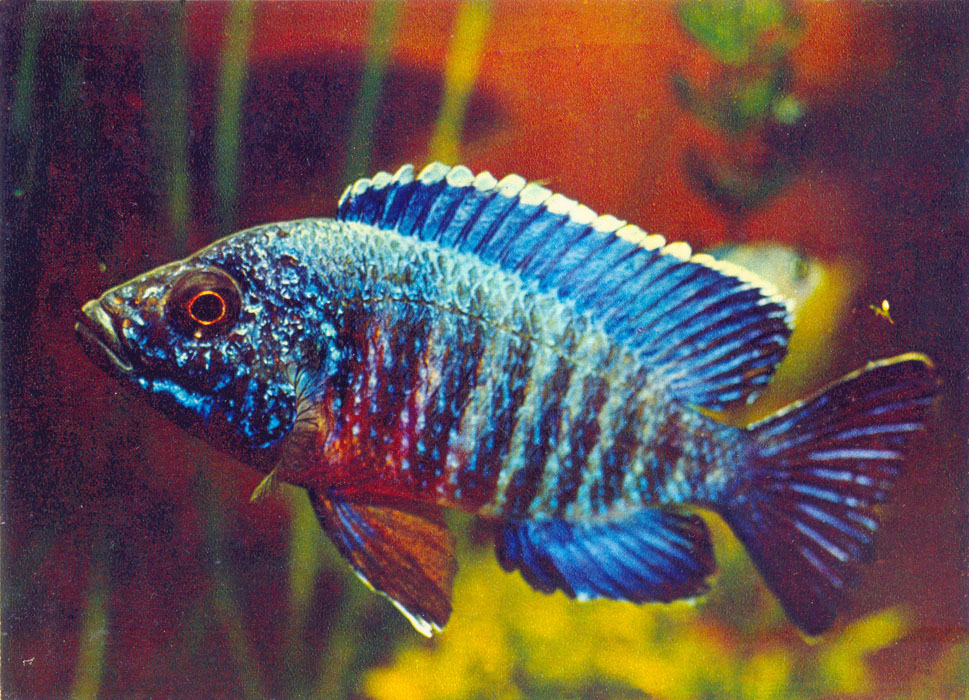 |
|||||
16. КОРОЛЕВА НЬЯСА. Aulonocara njassae (Regan, 1921)
|
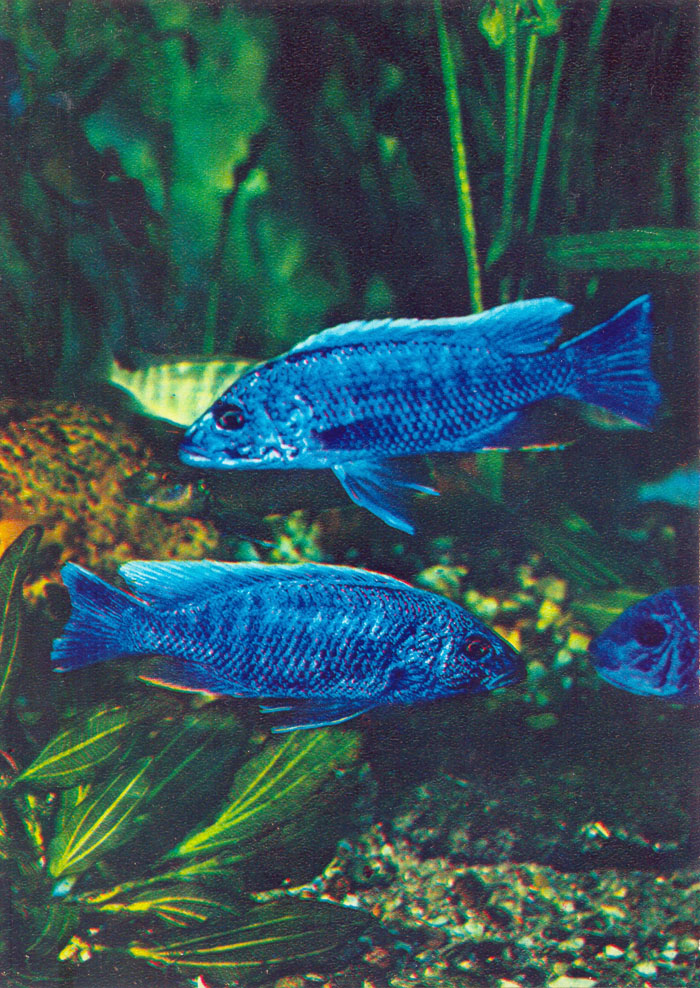 |
|
||
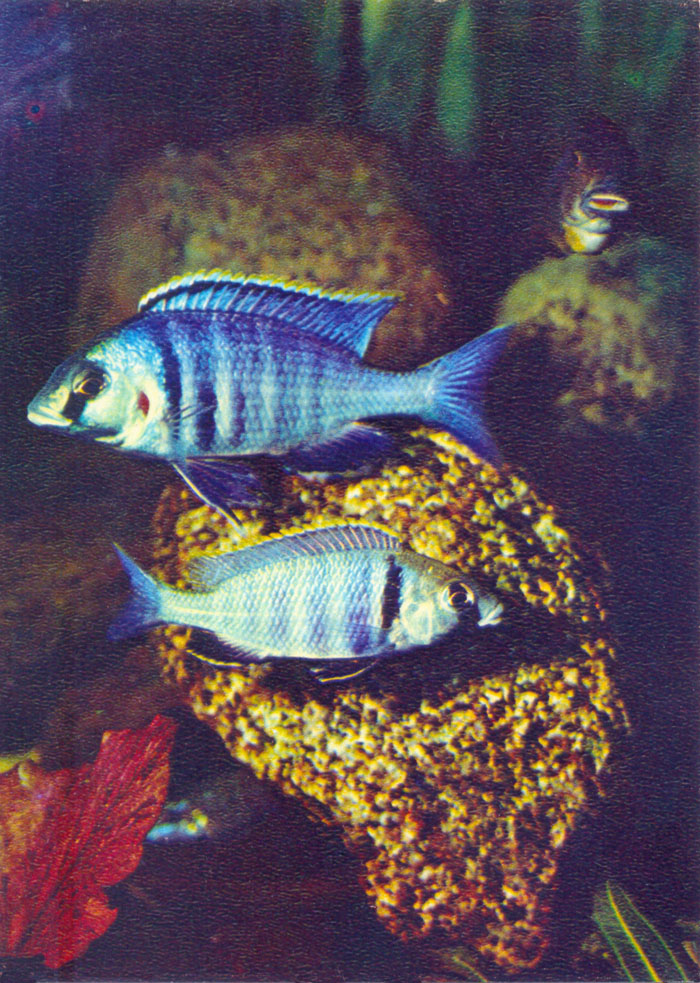 |
|
||
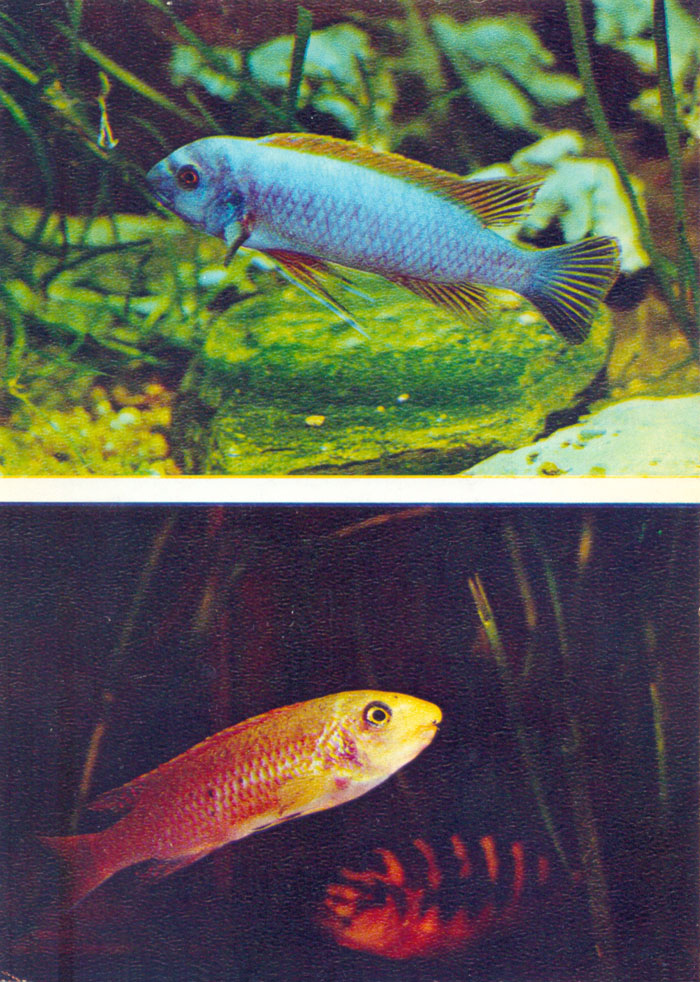 |
|
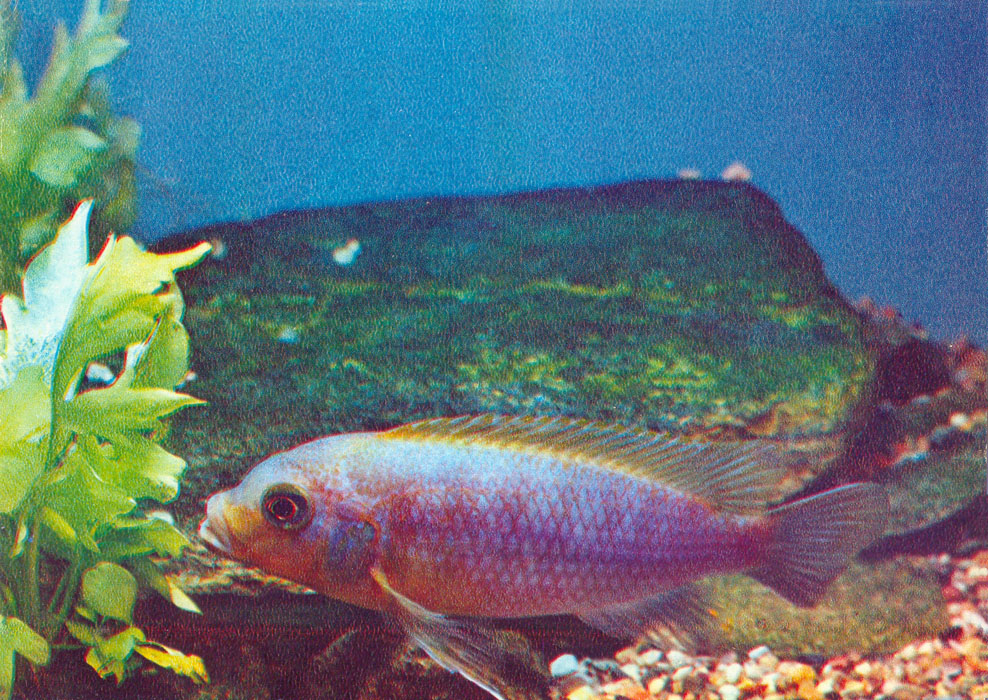 |
|||||
20. СИРЕНЕВЫЙ ПСЕВДОТРОФЕУС. Pseudotropheus aurora (Burgess, 1976)
|
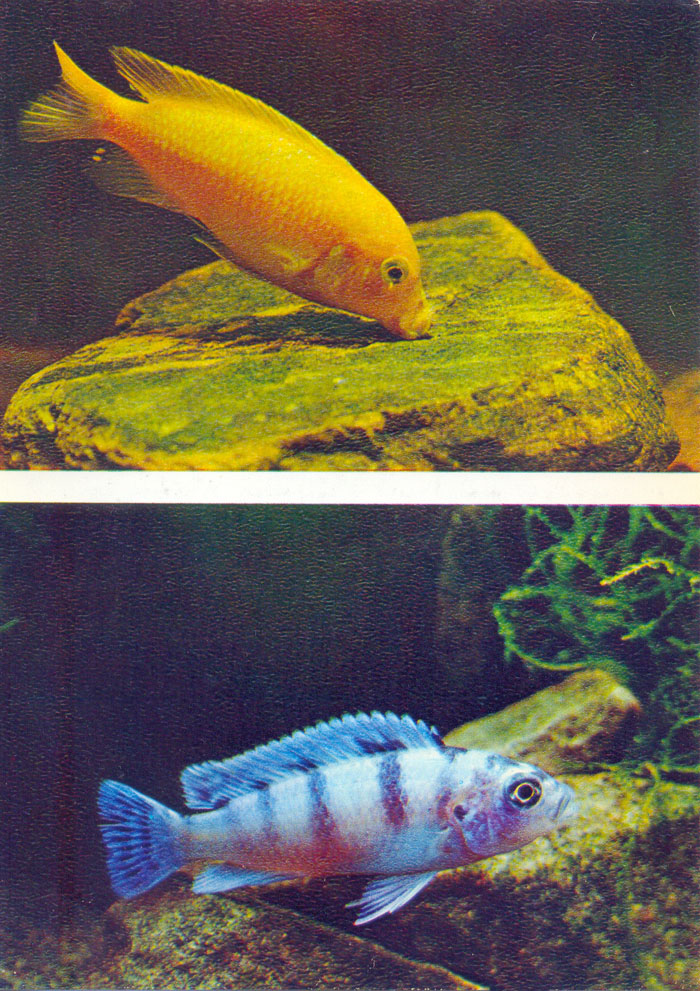 |
|
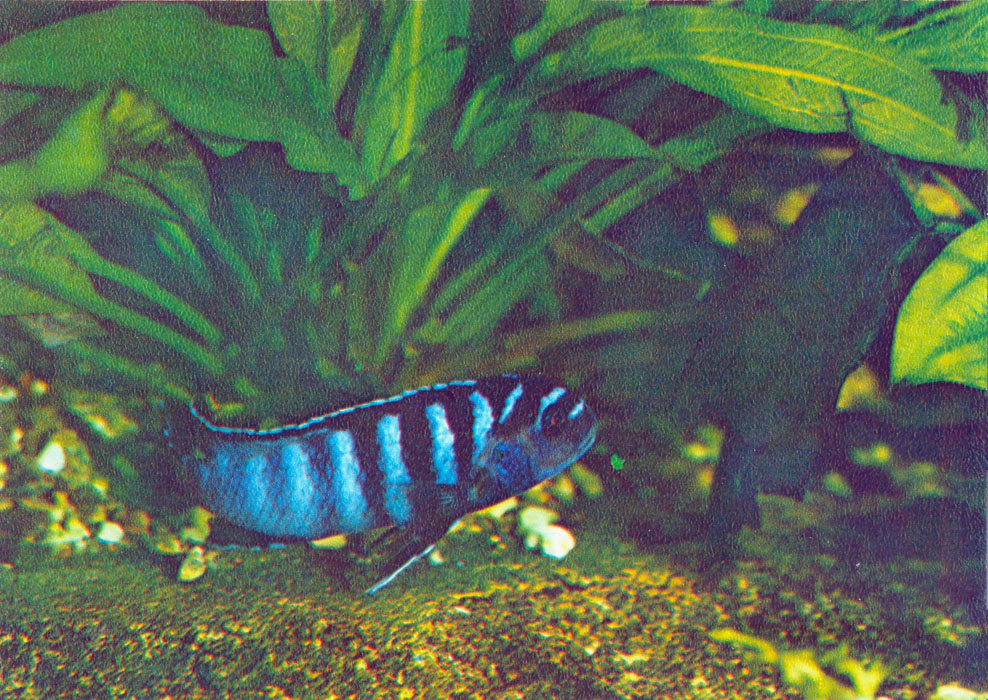 |
|||||
22. МАЛАВИ 6. Pseudotropheus spec. «М6»
|
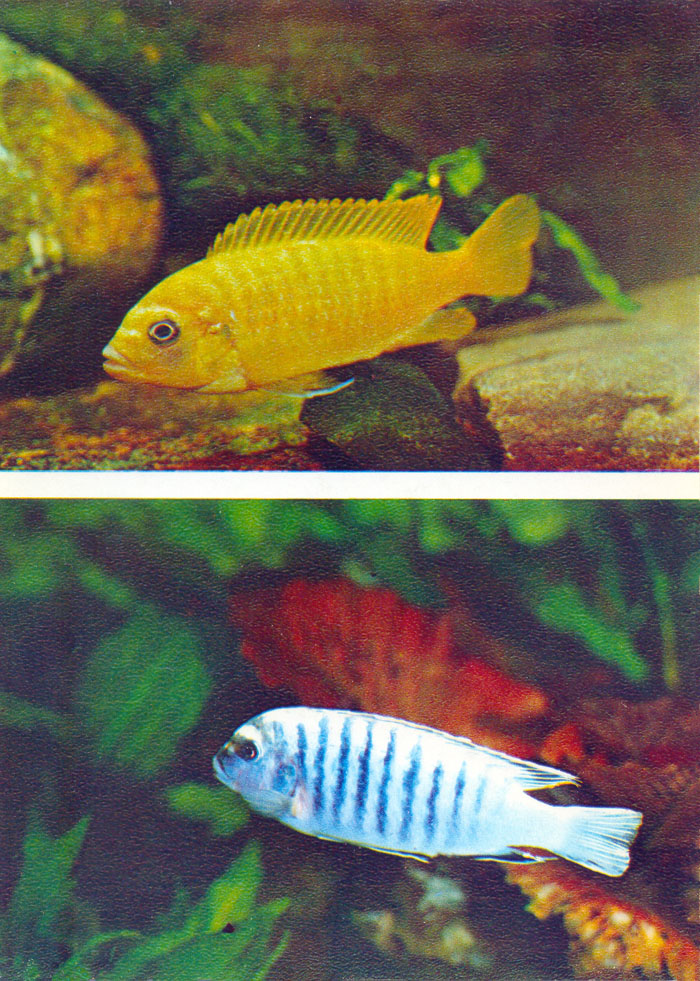 |
|
||
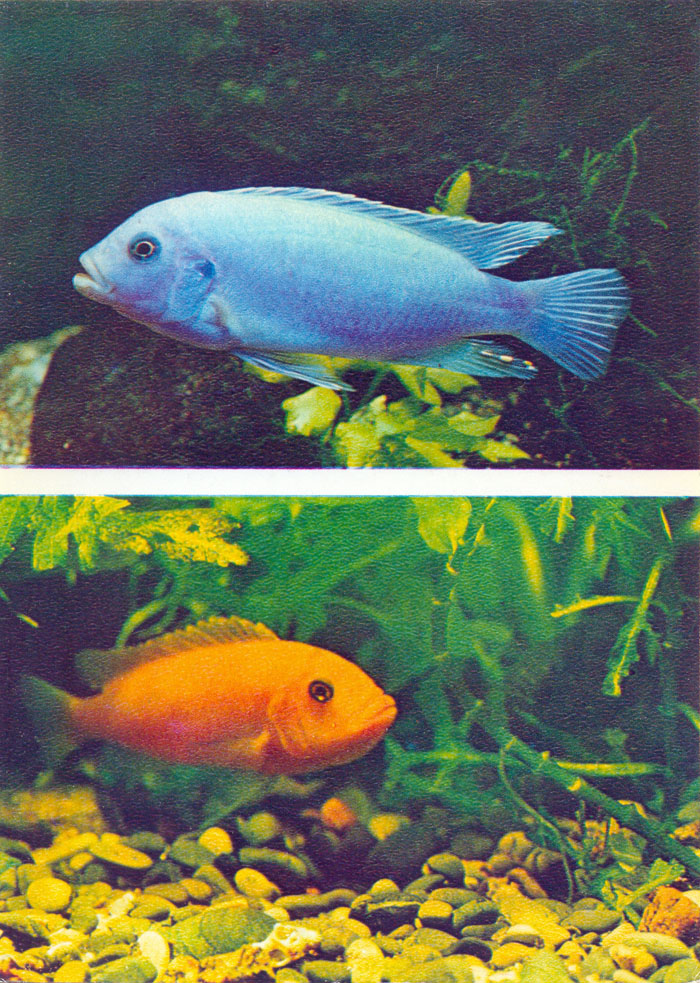 |
|
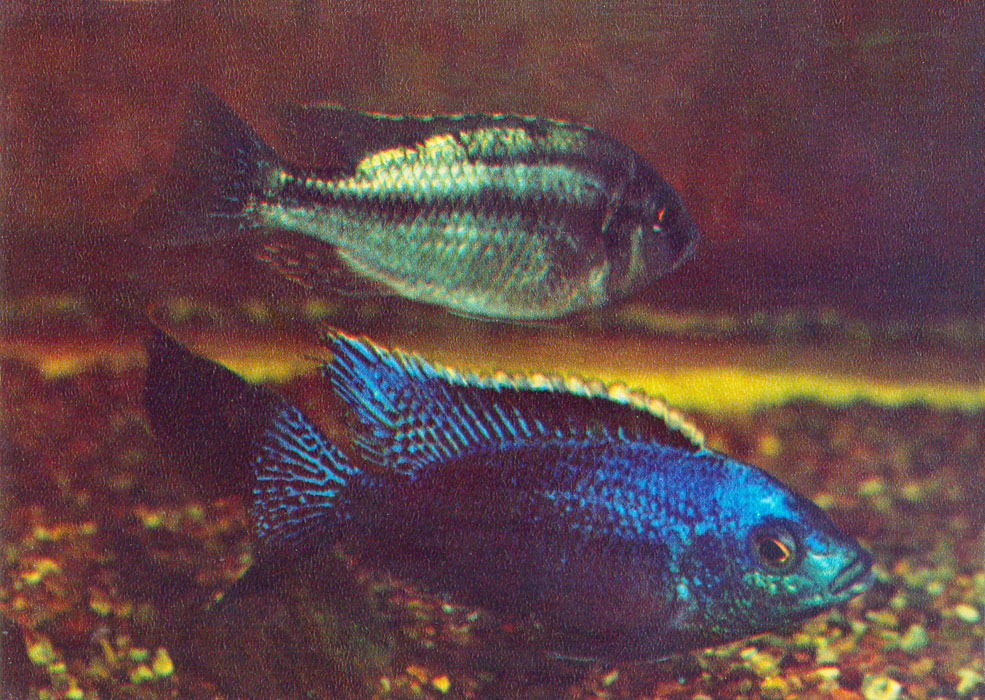 |
|||||
25. ХАПЛОХРОМИС БОАДЗУЛУ. Haplochromis boadzulu (Iles, 1960)
|
| Главная страница |